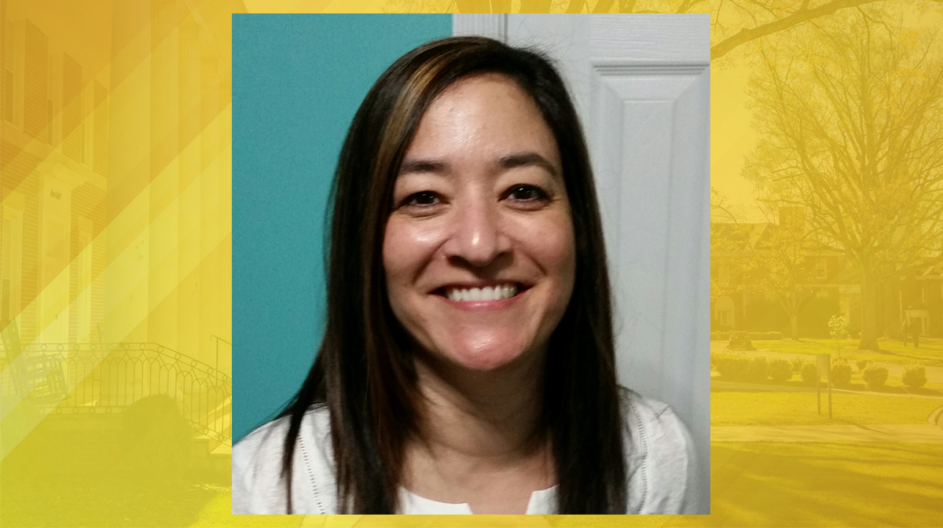
The Journey to Veterinary Medicine Began at Pfeiffer
Dr. Kay Dodson ’99, a veterinarian who practices emergency medicine at Pet Emergency & Trauma Services in Kannapolis, N.C., is extraordinarily dedicated to her profession. For the most part, she’s on the job overnight, weekends and holidays. And the hours are grueling: One of her recent shifts began at 5:30 p.m. on one evening and wrapped up at 8 a.m. the following day.
The scenarios she deals with run the gamut. Someone’s pet needs to be patched up because it has been hit by a car. A dog has eaten a toy, which must be surgically removed. The stomach of a dog needs reparative surgery because it has turned on its axis by at least 180 degrees — a condition that can lead to a heart attack because the animal’s blood supply has been cut off. Diagnostic testing could indicate the need to treat organ failure.
“I think of what I do as a calling,” said Dodson, who earned her Doctor of Veterinary Medicine degree from N.C. State University’s College of Veterinary Medicine. “It’s kind of innate. I always knew that becoming a veterinarian was my goal.”
And not just because she loved animals and wanted to care for them.
“It’s also the love of science, figuring things out,” she said. “It’s being able to be professional, separating your emotions from the scene and carrying on and practicing medicine with all the chaos that surrounds us.”
Dodson, a former Air Force brat, lived in Colorado and Louisiana before settling in Richfield, N.C., which is near Pfeiffer’s campus in Misenheimer. Her majors at Pfeiffer were Biology and Chemistry — two disciplines that provided a sound foundation for the study of veterinary medicine.
“In biology, systems are not predictable, but in chemistry, they are,” Dodson said. “So, when you combine the two, I think that you have a good set of problem-solving skills.”
Dodson also minored in math and philosophy. She said she uses philosophy at work because it helps her navigate “all the ethical dilemmas that we face daily in veterinary medicine.” One issue: “You’re making decisions for a pet that is beloved in someone’s household, and yet, they may not have the money to carry on with treatment.”
Other issues: How much do you care for ailing stray pets without breaking your practice’s bank? How do you advise people to know how and when to euthanize their pet? Recommending that someone’s pet be put down because it is suffering may be straightforward, but it’s a different matter if the owner of a pet is no longer available to care for it.
Dodson began attending Pfeiffer when she was 25 and the working mother of a young son. She discovered that her high school education in Louisiana had not prepared her well for the rigors of college work. She had to deal with the unusual demands of going to school, working as an assistant in Pfeiffer’s labs or as a telemarketer in Salisbury, N.C., and doing her homework while her child did his.
However, as is often the case with Pfeiffer’s students, Dodson’s perseverance, coupled with Pfeiffer’s small classes and caring professors, enabled her to succeed, and a graduate-level program in veterinary medicine became a viable option.
“Pfeiffer was difficult in places,” Dodson said. “In the end, though, it was more than worth it. It taught me how to study. It challenged me.”
Dr. Mark McCallum, who serves as Director of Academic Initiatives and as Professor of Biology at Pfeiffer, taught Dodson and remembers her as a dedicated and committed student. McCallum describes his goal as “helping students grow academically and seeing them become the people I always believed they could be.” He explained that once he and her other professors learned that Kay dreamed of becoming a veterinarian… “my colleagues and I were committed to helping her achieve that dream.”
This article was written for Pfeiffer University by Ken Keuffel.